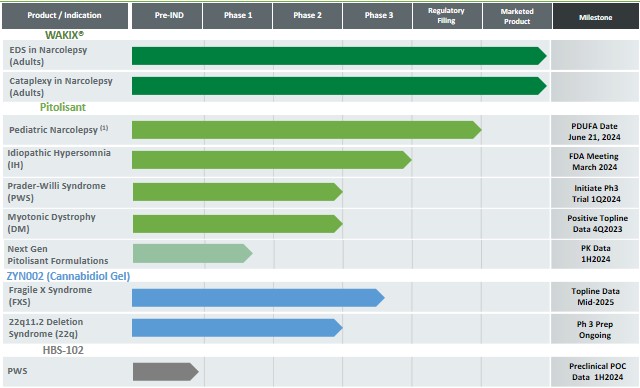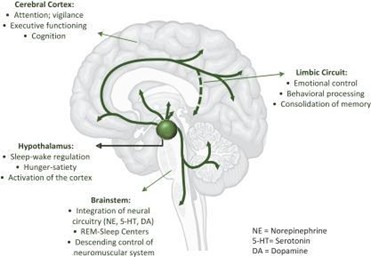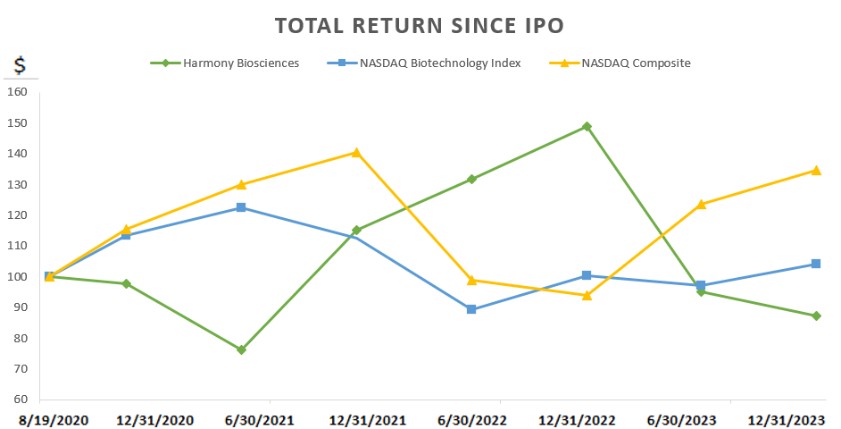Free signup for more
- Track your favorite companies
- Receive email alerts for new filings
- Personalized dashboard of news and more
- Access all data and search results
Content analysis
?| Positive | ||
| Negative | ||
| Uncertain | ||
| Constraining | ||
| Legalese | ||
| Litigious | ||
| Readability |
H.S. junior Avg
|
|
New words:
ADHD, AET, Amneal, Annora, autism, Bank, banking, Bhd, brochure, cannabidiol, Cardinal, Categorization, categorized, CGG, characteristic, Chase, CIO, circulatory, climate, commensurate, confirmatory, constructive, conventional, customary, CVR, Czech, dataset, declaratory, delegated, deletion, disability, disciplined, District, DNA, dollar, DSS, dysregulation, Eastern, effectuated, endocannabinoid, esophageal, euphoric, excise, extracted, FMRP, forma, Fragile, franchise, FXS, gel, Gen, genericized, GI, hardware, immune, influential, intelligence, internationally, IRA, Ireland, JP, JPMorgan, lender, lifecycle, Lumryz, Lupin, MDHI, memoranda, methylation, middle, missing, modulated, Morgan, MSN, multidisciplinary, nerve, neuropsychiatric, nonscheduled, Novitium, Novugen, OLE, opportunistically, palate, penetrate, Penetration, piece, plant, plasticity, Poland, prespecified, pro, Pty, purview, Pvt, quantity, reaction, RECONNECT, relaying, Republic, repurchase, repurchased, Rescue, Romania, Russia, scenario, Sdn, Secretary, sentiment, seq, Simultaneously, skin, sNDA, SOFR, specialist, spectrum, suspected, synaptic, synthetic, TEMPO, tender, tendered, THC, Thirty, TLA, toxicology, transdermal, translation, triplet, Ukraine, underway, unrest, vendor, Virginia, vitro, vivo, withholding, Zenara, Zynerba
Removed:
acknowledgement, advice, AmerisourceBergen, antidilutive, codified, compounded, compute, deduction, deferral, divided, division, EAP, exercisable, expended, explanatory, FDARA, FDASIA, fill, generating, geographic, hedge, Hedging, ICS, improperly, inception, instrument, intention, interbank, invested, London, marketability, mission, nonemployee, optimal, optional, organizing, outsource, packaged, persuading, pharmacovigilance, Pillar, postpone, PREA, Presidential, prioritization, pronouncement, proportionately, ready, Reauthorization, recommended, reevaluate, regimen, rent, Reorganization, rescinded, resolved, resume, resumption, run, send, simplify, split, subpopulation, timeline, undistributed
Filing tables
Filing exhibits
Related press release
Associated HRMY transcripts
HRMY similar filings
Filing view
External links


